Be Inspired by India’s Innovations
Devika Devaiah, author of . …… Excerpts of her recent talk at Centre for Sustainable Development event in Bengaluru
Friends of Handloom
What has happened is that we examine our world through the Western lenses. I had been to a conference a few weeks ago, it was Friends of Handloom. I learnt there that India is the only country in the world that produces handloom linen. There is a big demand for handloom today. Even China is not able to meet the demand because it has completely gone into the power loom phase. Yet in India handloom is fighting for survival. It is a jewel in our crown, handloom from India can be what denim is to the rest of the world. That’s how special we could make it but none of us know it, none of us value it. In fact we are getting a legislation saying that power loom gets the hand loom status, that’s what the handloom Satyagraha was about. They are fighting saying that it’s so special and let’s recognize it. Most of us don’t even know that there is a problem.
It is clear that India cannot follow the Western model of development. India needs Indian solutions. The good news is that we have demonstrated to the world that we can solve many of our problems in our own way. Here are a few examples:
M V Foundation of Shanta Sinha said it is poverty that leads to illiteracy and therefore if you want to eradicate illiteracy first eradicate poverty. This way, Shanta Sinha provided an Indian solution and reversed it completely. In Andhra Pradesh, in a couple of districts she got all the child laborers into school. Once they were in there, their jobs got filled up by adults. You can’t pay adults what you pay children, you have to pay them more, so the family income started going up and children also started getting educated. What an amazing solution! So Shanta Sinha reversed the logic completely.
Since 1981, the M V Foundation has been trying to bridges the great gap between poor children and mainstream education. For her services Shanta Sinha won the 2003 Magsaysay Award for Community Leadership.
Mobile Revolution
The mobile phone revolution in India shows how Indian business model innovation was far superior to the western model. Even today, western users are stuck with old models and high price while even poor Indians are using it without much bother. We have actually leapfrogged the West there.
The revolutionary idea of microfinance too came from this region.
Tata Chemicals greening of Malara
http://www.tata.co.in/company/articlesinside/zN7LvBEzHTY=/TLYVr3YPkMU=
Soda ash is highly alkaline and therefore considered to be a large pollutant across the world. In fact, nowhere has any new plant in the last 15 years been allowed anywhere. 12 soda ash sites have been closed across the world. What did Tata chemicals do?
Tata Chemicals is the world’s largest producer of soda ash. It had, over a period of time, created 30 acres dump site at Malara, coastal region of Gujarat. What was the innovation? For the first time, a highly alkaline landsite and saline site was recovered, a green cover with a living eco system was developed by the use of bio fertilizers and bio remediation technique.
Soda ash soiled waste has never before been reclaimed, saline water has never been used for irrigation, and reclamation has never been done. They used bio mechanics to make this happen. It countered saline resistance in the indigenous plant with suitable micro organisms. In fact, soda ash has a lot of rich ingredients for plants, the company found bio mechanisms that convert it from inert to usable and that is how these plants grew.
22.5 acres have been transformed, more than 20,000 plants of six varieties grow, vegetable grow, eco systems have started getting created and now there is zero fine dust pollution. It’s first in the world and never happened anywhere else.
108 Ambulance Service
The last example is the 108 ambulance. It came out of EMRI, Emergency Management and Research institute. The interesting thing about EMRI which doesn’t happen anywhere else in the world was that not only is about emergency management but they are also about research. It’s the world’s only free and integrated health service. You have fire, police, ambulance all integrated together and also they are the only ones who come back to you. They have all top data and information of exactly how many lives they have saved, and because of their top of the line research they have also now able to do predictive analysis to where they need to keep ambulances proactively. In the US in contrast, it’s not free, a 911 call, depending on which state you are in, are charged.
So, organizations like Tata chemicals, MV Foundation, EMRI show that Indian solutions work for Indian conditions and could work everywhere else. They have broken through the deferential mindset.
A research done in 2007 asked the question what are an Indians’ priorities? It was 44% for family, some for work, leisure but was zero for the society. Is it something to be worried about?
Mahatma Gandhi wrote “Every Indian, whether he owns up to it or not, has national aspirations.” I believe it’s the same today, every Indian cares for India he just doesn’t own up to it, even when he throws the garbage on the road, he cares for India. He just doesn’t own up to it. What does it mean, get every Indian to care! Don’t copy paste from the West, be inspired.



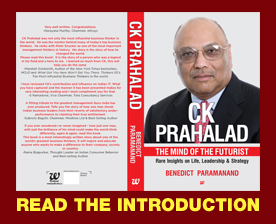

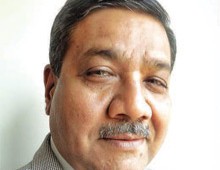
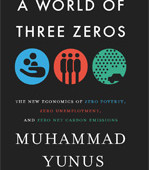
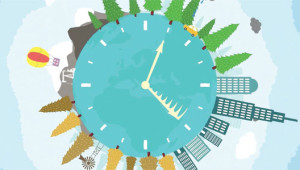

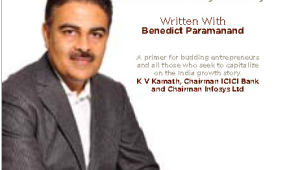

Recent Comments